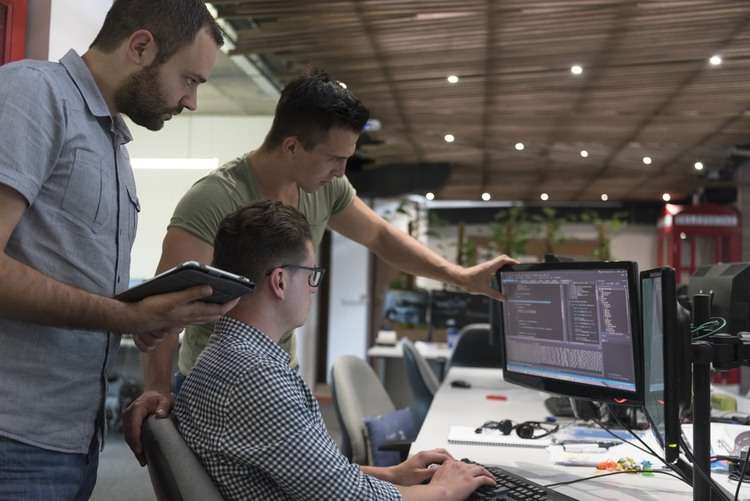Why Smart Work Spaces Are Gaining Attention Around the World
In 2025, smart work spaces are becoming a global conversation. Blending technology, flexibility, and modern design, these environments are changing how people think about productivity and comfort. From offices to home setups, smart solutions are reshaping the way we work and collaborate worldwide.

How Technology is Transforming Modern Office Spaces
Smart work spaces leverage Internet of Things (IoT) sensors, artificial intelligence, and automated systems to optimize workplace conditions. These technologies enable features like automatic climate control, occupancy monitoring, and intelligent lighting systems that adjust based on natural light levels and user preferences. Advanced booking systems help manage meeting rooms and workstations efficiently, while smart security systems enhance building access control and safety protocols.
What Global Trends Are Shaping Smart Workplaces Through 2025
The adoption of smart workplace solutions continues to accelerate, driven by several key trends. Remote work integration capabilities, including seamless video conferencing and digital collaboration tools, are becoming standard features. Environmental sustainability measures, such as smart energy management systems and waste reduction technologies, are gaining prominence. Additionally, workplace analytics tools are helping organizations understand space utilization patterns and optimize their office layouts.
How Flexible Work Environments Impact Business Operations
Smart work spaces support various working styles through adaptable layouts and technology-enabled flexibility. Hot-desking systems, powered by mobile apps and smart sensors, allow employees to find and reserve appropriate workspaces. These environments can transform from individual focus areas to collaborative zones, supporting both concentrated work and team projects. The ability to modify spaces quickly helps organizations respond to changing business needs and workforce preferences.
Understanding Productivity and Comfort in Modern Workplaces
Smart workplace technologies contribute significantly to employee comfort and productivity. Advanced air quality monitoring systems maintain optimal indoor environments, while smart lighting adapts to natural circadian rhythms. Ergonomic furniture with built-in sensors can remind users to adjust their posture or take breaks. These features create healthier work environments that support both physical and mental well-being.
Current Market Overview and Implementation Costs
| Component | Estimated Cost Range | Implementation Timeline |
|---|---|---|
| Basic Smart Office Setup | $10,000 - $25,000 | 2-3 months |
| Advanced IoT Integration | $25,000 - $75,000 | 3-6 months |
| Enterprise-Level Solution | $100,000+ | 6-12 months |
Prices, rates, or cost estimates mentioned in this article are based on the latest available information but may change over time. Independent research is advised before making financial decisions.
Smart work spaces represent a significant shift in workplace design and operation, combining technology, flexibility, and human-centered features to create environments that support modern work practices. As organizations continue to adapt to changing workforce expectations and technological capabilities, these intelligent environments will play an increasingly important role in shaping the future of work. The investment in smart workplace technologies reflects a broader understanding that the physical workspace directly impacts organizational success and employee satisfaction.




